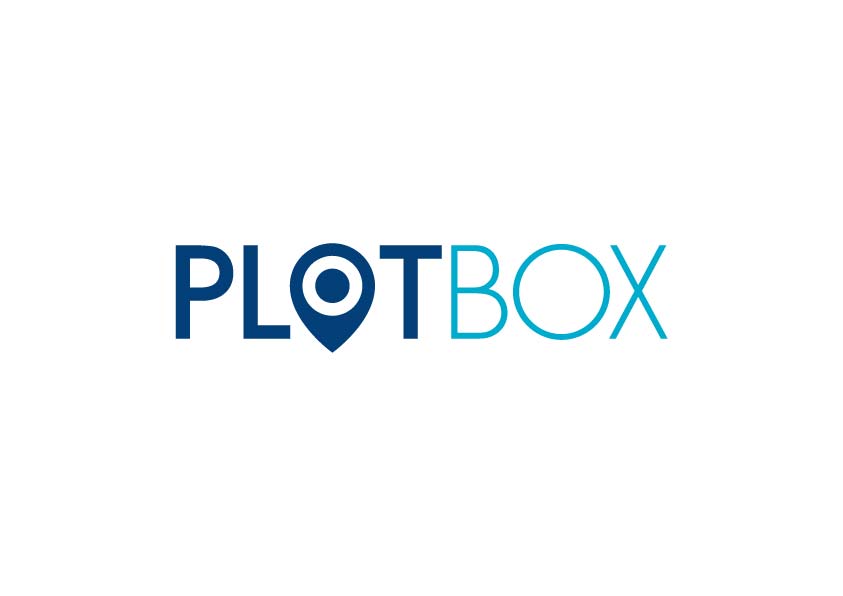
As a key component of digital transformation, Plotbox explains why it’s important to understand the crucial role that data migration plays in the process of digital change.
Digital transformation will reflect a fundamental change in how you operate and deliver value to those you serve – the thing that doesn’t change – your data, is what allows that to happen. With that in mind, let’s start to demystify the process of data migration by looking at 3 key things you should know.
#1 Data Migration is a Process of Change
Let’s start with the obvious question – what is data migration? Put simply, it’s the process of transferring data from one system to another.
As with any transformational process, there are a wide number of factors to be considered that will help to shape and define exactly what it looks like. That may be the type of data to be transferred, where it’s currently stored, what format it’s in (and what format it’s becoming), where it’s going and how it’s getting there.
To that point, there are a number of different types of data migration. For deathcare providers, that may involve transitioning data from one system to another, consolidating data from multiple systems into one cemetery management system, or moving data from on premises to the cloud.
It may even very likely involve moving data from the applications of one vendor to another.
Most typically, a migration with PlotBox – in its most simple terms – will involve taking data from your database and mapping into fields within a new ‘target’ cemetery management system.
#2 Data Migration is part of a wider transformation
There are many reasons why a deathcare provider may want to migrate their data. Most typically, this will be part of the digital initiatives affecting wider organisational transformation – of which data migration will form the foundation.
Quite often, deathcare providers face the imperative of upgrading legacy systems and software, faced with the prospect of vendor servers becoming unsupported, or, as mentioned, seeking to consolidate multiple systems into a single cemetery management system. Data integrity, accessibility and scalability are often priorities, and migrating data into new systems – quite often cloud-based – is one of the best enablers to achieve that.
Many of the benefits that data migration can provide are those that come from creating a ‘single source of truth’ within an organisation – breaking down silos of information, creating more efficient processes, providing greater visibility and connectivity, and ensuring more informed, data-driven decisions.
So what does that look like in practice?
#3 Processes may vary, but best practice remains constant
While not all data migration processes are the same – in part due to differing types of data, the systems involved, and the specific requirements of the organisation – there are, broadly speaking, a number of common steps in all that point to best practice.
Migration takes place over a number key phases, informed by and building upon the previous, to ensure as smooth and efficient a transition as possible.
These often begin with project configuration, ensuring everything is in place to begin the migration, and on through to resolution where any issues picked up in the testing phase are resolved before the project is signed off and moved to the training phase.
Let’s look at some common steps:
Planning will always be the all-important first step. That means identifying and understanding current systems and processes, the data to be migrated and what you need from the new system.
Analysis involves looking closely at your data to determine what needs to be pulled over and what it looks like in its current form – what needs to be migrated and what doesn’t, what might be missing, and whether there are inaccuracies – essentially anything that may adversely affect the migration process. It’s crucial to ensure this is done before extracting, transforming and importing the data into the new system.
Testing, testing, testing – both by the vendor to ensure that the data has migrated to the target system correctly, and by the customer, to ensure what exists in the source system matches that within the new one. That’s key to ensuring any issues are resolved before going live.
And as a final point – a ‘4th thing to know’, if you will, is understanding the importance of the role that you have to play within the data migration process.
You know your data better than anyone else – including, importantly, your migration partner. And therein lies the key takeaway.
That begins with ensuring that your data is ‘clean’ before the migration process begins. Getting your data right in the first instance is arguably the most important part of the entire process, and will ultimately save you time, money and effort in the long run.
“We’ll fix that later”, is a phrase that should be avoided at all costs – get it right first time, and you will be enjoying the benefits your new cemetery management system provides, rather than rectifying issues that could have been avoided.
To learn more, visit: www.plotbox.io
